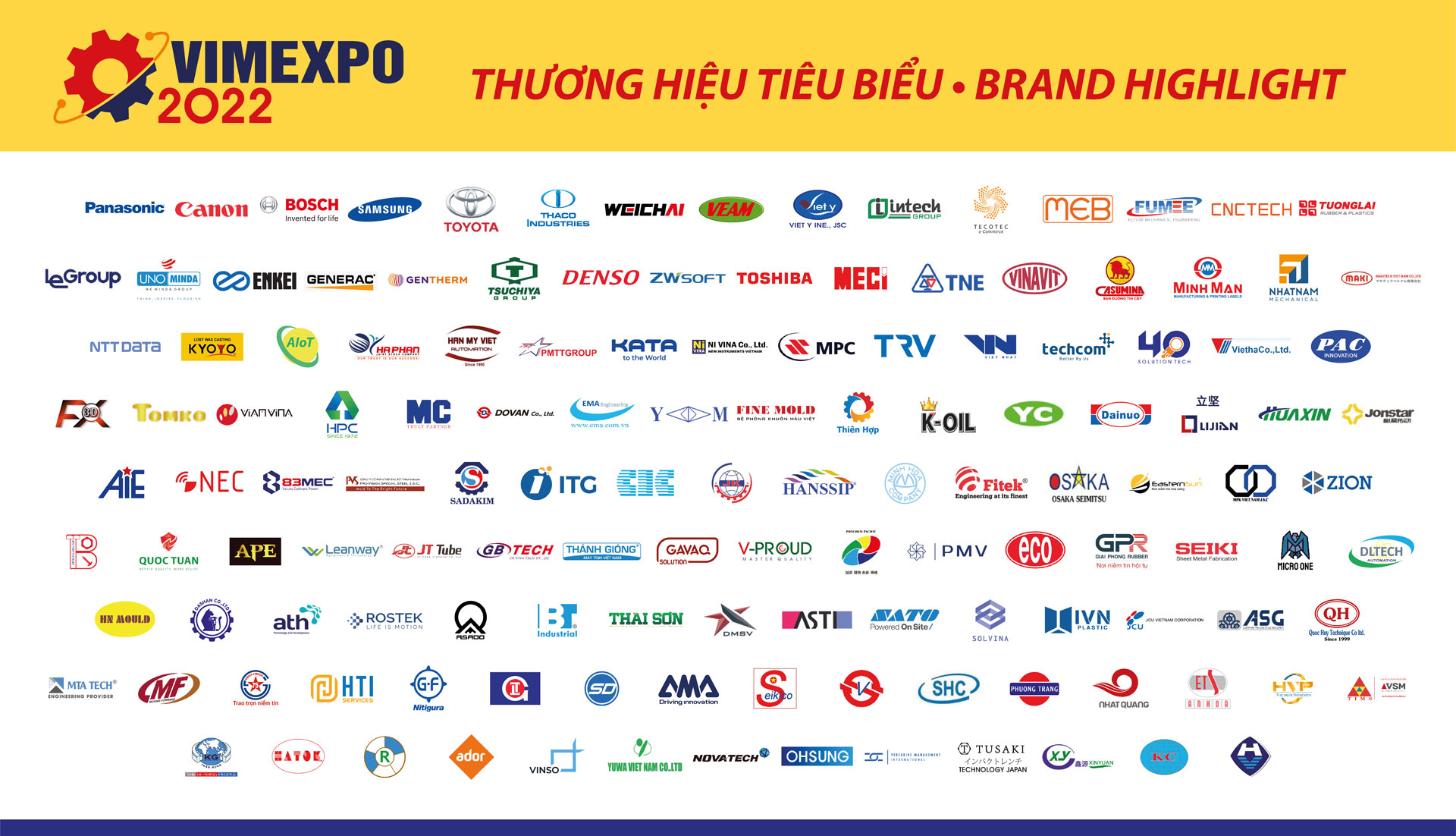Current policies have not been attractive enough to persuade investors to pour money into support industries for the automobile industry.

After many years of development, the industry remains weak.
According to the Ministry of Industry and Trade (MOIT), there are 10 OEMs (Original Equipment Manufacturers), namely Toyota, Honda, Suzuki, Mitsubishi, Ford, Mecerdes Benz, Thaco, TC Motor and VinFast, in the Vietnamese market.
The OEMs conduct CKD (complete knock down) assembling on their production lines which includes four major stages: welding, painting, assembling and testing.
Of the automobile supply chains, there are only 18 first-class vendors and 58 second- and third-class vendors. Some vendors supply both car and motorbike parts.
The car parts made in Vietnam are mostly simple, low-cost and labor- intensive parts, such as seats, batteries and large plastic parts.
Most sets of car parts needed for the assembly must be imported. The car parts that can be made in Vietnam have production costs 2-3 times higher than that in Thailand and Indonesia.
Analysts say that the automotive supporting industry in Vietnam cannot develop because the domestic automobile market is too small.
These 10 manufacturers could put out 500,000 products a year, but only produce half that number.
According to the Ministry of Planning and Investment (MPI), the Vietnamese car market is still the smallest among the five countries in ASEAN that have an automobile industry, just one-third of the Thai market and one-fourth of Indonesia.
| The government’s Resolution No 115 on solutions to encourage the development of supporting industries released on August 6, 2020 also says supporting industries have an important significance for economic restructuring towards industrialization and modernization. |
Due to low output, the equipment depreciation cost per unit of production is high. Therefore, the prices of domestically made car parts are often higher than imports of the same types.
The small size of the automobile industry is attributed to overly high taxes and fees, and the low incomes of Vietnamese.
Toyota Vios had the highest output with only 27,000 products a year, which is 1/8 of the output of the same type in Thailand.
The Party Politburo’s Resolution No 23 set a goal that Vietnam would fulfill industrialization and modernization by 2030 and basically become a modern industrial country among the ASEAN top 3.
To reach that goal, according to the resolution, it is necessary to prioritize some mechanical engineering fields, such as automobile, agricultural machinery, construction equipment, and industrial, electrical and medical equipment.
This means that the automotive supporting industry will be given priority for development in the period from now to 2030.
The government’s Resolution No 115 on solutions to encourage the development of supporting industries released on August 6, 2020 also says supporting industries have an important significance for economic restructuring towards industrialization and modernization.
They will improve labor productivity and competitiveness, create added value, and contribute to the increase in the proportion of processing and manufacturing industries in the economy.
Developing supporting industries is considered one of the most important solutions for Vietnam to improve the quality of its economy, develop in a sustainable way, and avoid the middle-trap income trap.
According to the Ministry of Finance, the government has issued policies offering preferential tariffs on some car part imports, which encourages domestic production. However, enterprises say this only eases the disadvantages of the supporting industry and doesn’t help the auto industry in general.
In late 2020, MPI set to work on a plan to develop an automobile ecosystem. The motorization period is nearing and the demand for automobiles is increasingly high. The Vietnamese market is expected to have a scale of 1 million products by 2025.
Under the draft, 1,000 enterprises by 2025 and 2,000 enterprises by 2030 would be capable of directly supplying automobile assembly in Vietnam.
The enterprises would make products with high competitiveness, satisfying 45 percent of essential needs for domestic production and consumption by 2025 and 70 percent by 2030.
Some analysts have commented that the goals are too ambitious. Thailand, which began developing its automobile industry nearly 50 years ago, has 2,000 car part vendors with a localization ratio of 70-80 percent.
Meanwhile, Indonesia, which has developed the industry for 30 years, has 1,000 vendors, with a localization ratio of 50-60 percent.
Therefore, having 1,000 vendors and a localization ratio of 45 percent in five years, and 2,000 vendors and 70 percent in 10 years is believed to be unattainable.
Tran Thuy



